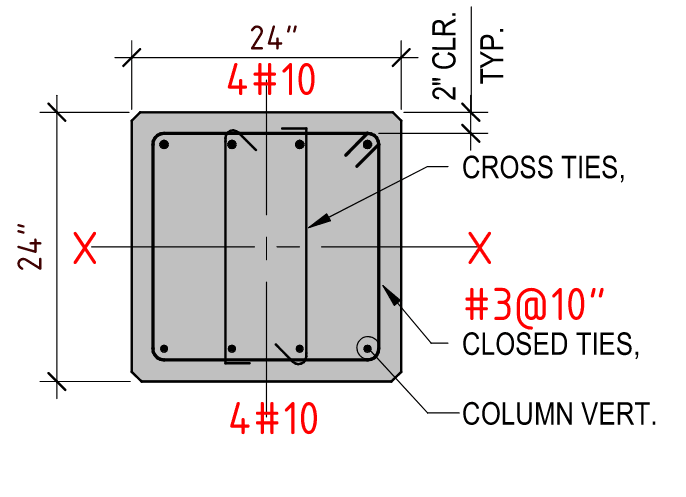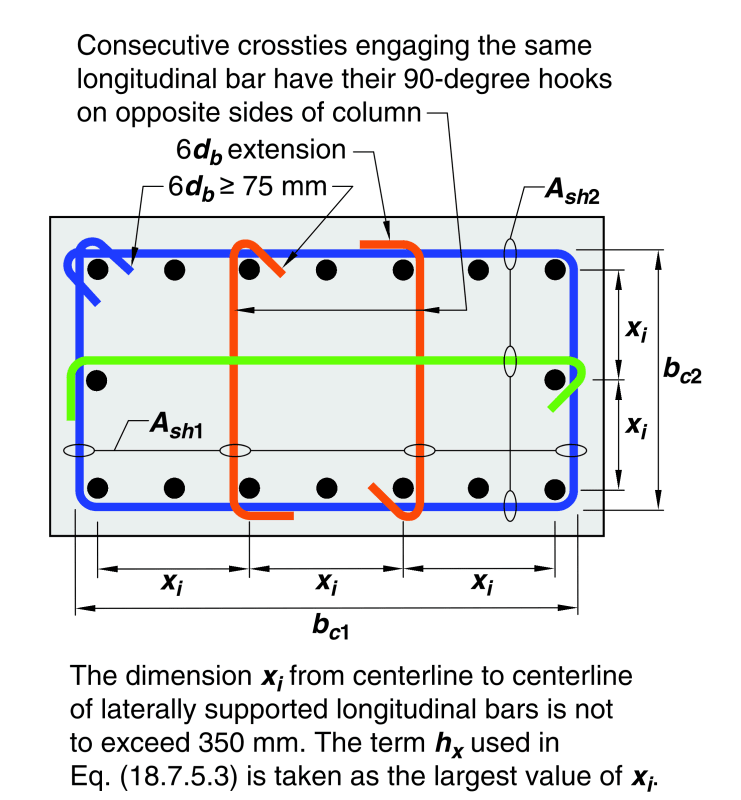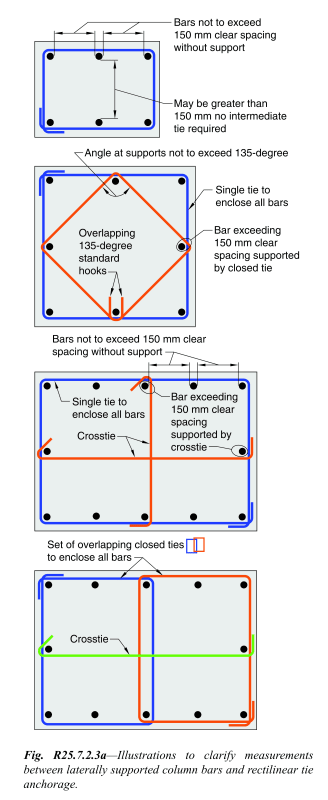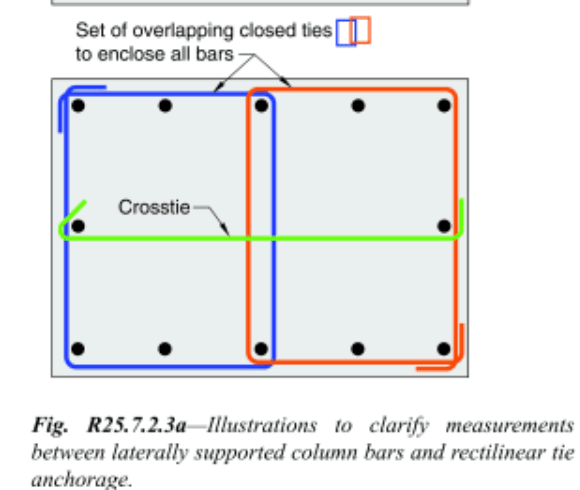manzoorquadri
Structural
Recently I designed a G+4 Building in Etabs, After Designing and getting all the results cross checked I had detailed the drawings accordingly.
I had a 9"X12" columns at the upper floors i.e. From first to Roof floor. However as per my load coalculations, analysis and Design results I needed 697 Sqm Steel area, I provided 4 dia 16 mm rebar i.e. 800 Sqm Steel Area and released the drawings.
Now another Engineer at site is in a technical Argument with me that, we cant provide 4 dia 16 bar in those columns and we need to Provide 2-12 dia Extra Rebars in them i.e 4-16+2-12.
He is giving the IS456 code Ref. Clause# 26.5.3.1, point # g) "Spacing of longitudinal bars measured along periphery of the column shall not exceed 300 mm".
However in my case it is not exceeding but he is telling since its at the boundary we shall opt for 2 dia 12 extra bar as "Code" Doesnt allow.
My Question is, Why shall add Extra bars as my design and loads are cent percent correct and I met the minimum Reinforcement criteria.
Coould someone help me in this regard.
I had a 9"X12" columns at the upper floors i.e. From first to Roof floor. However as per my load coalculations, analysis and Design results I needed 697 Sqm Steel area, I provided 4 dia 16 mm rebar i.e. 800 Sqm Steel Area and released the drawings.
Now another Engineer at site is in a technical Argument with me that, we cant provide 4 dia 16 bar in those columns and we need to Provide 2-12 dia Extra Rebars in them i.e 4-16+2-12.
He is giving the IS456 code Ref. Clause# 26.5.3.1, point # g) "Spacing of longitudinal bars measured along periphery of the column shall not exceed 300 mm".
However in my case it is not exceeding but he is telling since its at the boundary we shall opt for 2 dia 12 extra bar as "Code" Doesnt allow.
My Question is, Why shall add Extra bars as my design and loads are cent percent correct and I met the minimum Reinforcement criteria.
Coould someone help me in this regard.

![[bigsmile] [bigsmile] [bigsmile]](/data/assets/smilies/bigsmile.gif)




![[smile] [smile] [smile]](/data/assets/smilies/smile.gif)
